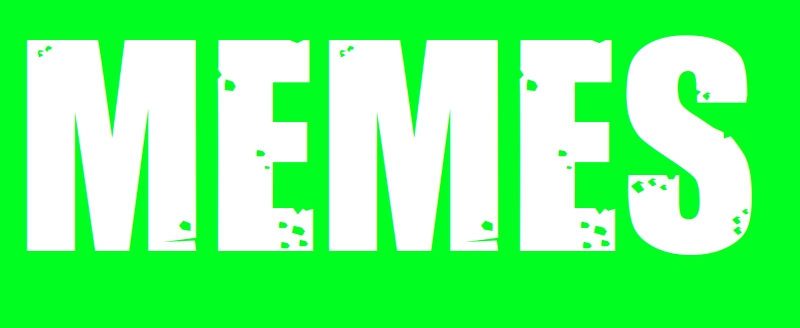“Showing up on time” is the lowest possible bar, isn’t it?
Recently I found an old school yearbook. My entry was written by someone who barely knew me. Said something about me showing up on time all the time. Now, I was like “holy shit that’s cringe, I don’t want that on my tombstone”.








I’m already alone, and I’m just fine this way, thank you.
Fortunately I don’t live in Douchebaglandia.